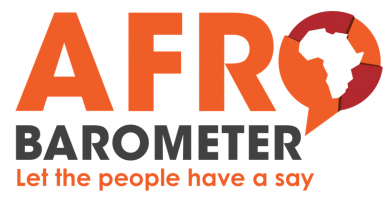Creating a 30-Second Pitch that Wows Potential Donors
Picture this: you’re at a friend’s dinner party and you run into someone you know is the perfect donor prospect. Or perhaps you meet a potential funder at a community event and are lucky enough to strike up a conversation. After you’ve wowed them with your wit and funny anecdotes, you realize it may be the perfect home run moment to pitch your nonprofit. But you start talking and you quickly realize what you’ve said is just kinda meh. Sure, it was factual information and it made sense, but it wasn’t all that compelling. At least, that’s what the potential donor’s reaction told you.
You never know when you might find yourself in the perfect situation to talk about your nonprofit with a potential donor or even an influential community member that could help your cause in a big way. But to nail it, you’ve got to have that perfect pitch in your back pocket. Let’s talk about some ways to develop your perfect 30-second pitch to wow potential donors
So what’s a pitch anyway?
A pitch (or elevator pitch) is a brief explanation of what your organization does, what problem it’s solving, and why it matters. Depending on who you’re speaking to, you may also add on some ways that the person can get involved with your organization.
Why do you need to have a pitch?
Having a clear, concise, and compelling pitch is the key to quickly connecting with people to invite further conversation about what your organization is doing. Whether you’re looking for super volunteers, new major donors, or an amazing new board member, a great pitch can open the right doors.
Three components of an effective pitch
An effective pitch includes three components – the hook (or opening), the body, and the close. Let’s look at what you can do to perfect each part.
The Hook
Ever been to a presentation only to find that you totally lost track of what the speaker was saying within the first minute? Yeah, that’s probably because they didn’t have a strong opening hook. It’s critical to get your audience’s attention in the first 10 seconds of your pitch. Here are a few ways to do this:
- Touch on something you know they care about—this will get them personally invested in what you’re about to say.
- Lead with something bold—don’t bury the best or most interesting part of your pitch all the way at the end. Reorganize what you say to highlight this first.
- Remove all technical, academic, or otherwise jargon-y words. Ain’t nobody got time for that so keep it simple and clear.
- Be mindful of your tone of voice and facial expressions. They can enhance (or in some cases hinder) your pitch.
- Get comfortable with silence at the end of your pitch. Let your potential donor respond.
The Body
This is the middle component of your pitch where you’ll follow your hook with some key information your audience needs to know such as who your organization serves, what problem it’s solving, what’s at stake for solving this problem, and how your organization plans to solve it. This is a quick in-a-nutshell run down of your mission. You may also want to point to some positive or social proof that what you’re doing is making an impact.
The Close
This is your moment to make a call to action to engage your audience. Think strategically about what ask is best for them. It could be an invitation to book a meeting or it could be a donation ask. No matter which you choose, end your pitch with conviction and confidence.
Make your pitch shine
Because you’re one smart cookie, you already know that practice makes perfect. The more you practice your pitch, the better you’ll get at delivering it. Practice with friends, family, or colleagues if you want to up the ante and get feedback.
Looking for some pitch inspiration? Check out some of the pitches from Social Venture Partners’ Fast Pitch events from 2017 and 2018.
Fundraiser, you’ve got this! It’s time for you to create that awesome pitch that will WOW potential donors. Grab your pencil, draft your pitch and start practicing!
from: Fundraise




